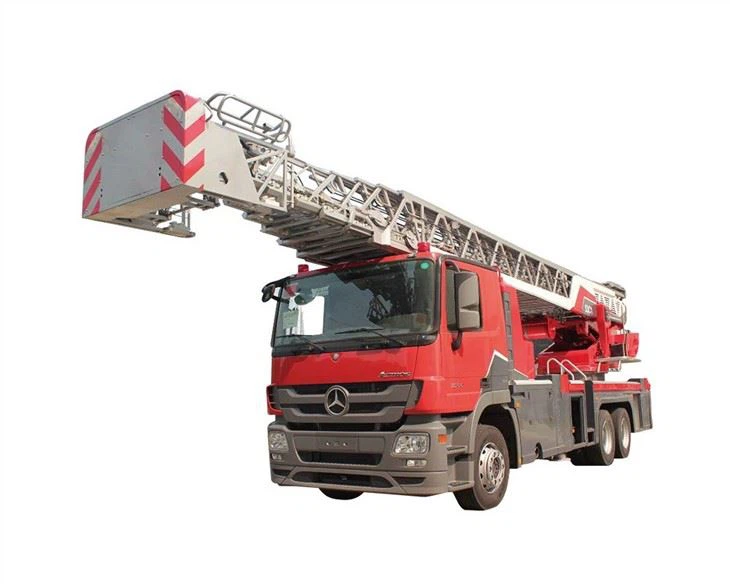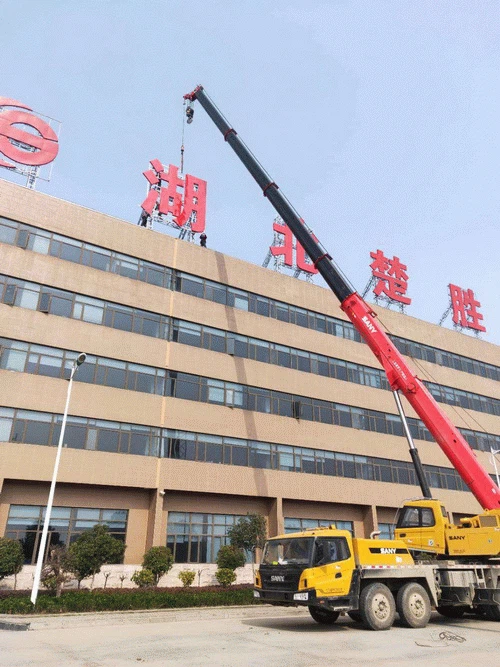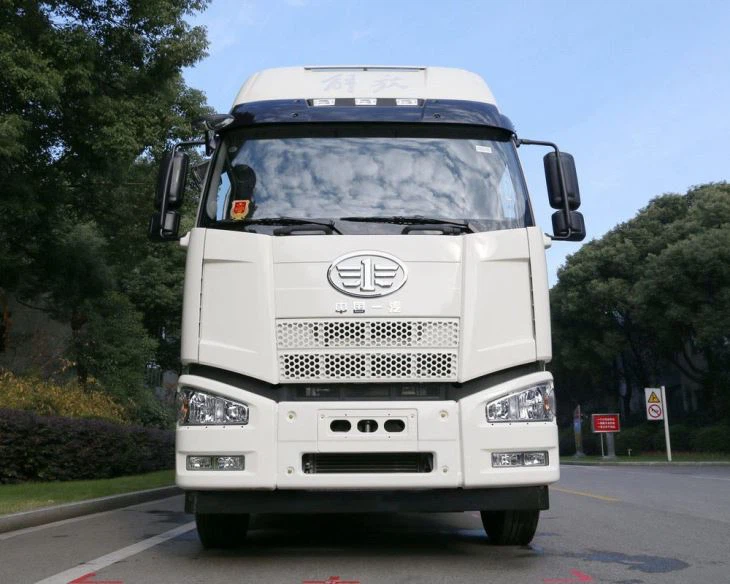Everything You Need to Know About Back Dump Trucks

Introduction
Back dump trucks, also known as rear dump trucks, are essential tools in the construction, mining, and waste management industries. These trucks are specifically designed to carry a large amount of material and efficiently unload it from the back, offering convenience and functionality. Whether you’re a contractor, a business owner, or just someone interested in understanding heavy machinery, this article will cover everything you need to know about back dump trucks, including their types, uses, advantages, maintenance tips, and more.
What is a Back Dump Truck?
A back dump truck is a type of truck that features a bed mounted on the chassis, which is capable of tilting backwards to allow for the unloading of materials. This design enables swift and effective dumping of materials onto the ground, making it ideal for transporting construction materials, aggregate, and waste. The versatility of back dump trucks makes them a staple in various sectors.
How Does a Back Dump Truck Work?
The operation of a back dump truck involves lifting the dump bed to a specific angle at the rear, allowing gravity to assist in discharging the load. The hydraulic system is primarily responsible for this functionality. Here’s how the process typically works:

- The truck is positioned close to where the material needs to be dumped.
- The hydraulic system activates, lifting the rear of the truck bed.
- The load slides down the inclined surface of the bed and is deposited onto the ground.
Types of Back Dump Trucks
Various types of back dump trucks are available, each suited for specific tasks and environments. Here are some common types:
1. Standard Back Dump Truck

These are the most common type, used primarily in construction and hauling operations. They feature a single dumping mechanism and can carry a variety of materials.
2. Articulated Dump Truck
Articulated dump trucks consist of two parts that can pivot, providing better maneuverability on rough terrain. They are designed for off-road applications and can navigate tight spaces easily.
3. Off-Road Dump Truck
These trucks are engineered specifically for rough terrains, such as mining sites or quarries. They have larger tires and a more robust frame to withstand harsh conditions.
4. Semi-Dump Truck
This type features a trailer that can be detached from the truck’s cab, often used for transporting heavy loads across long distances. The dump bed is usually larger and can store more materials.
Applications of Back Dump Trucks
Back dump trucks find utility in various industries. Below are some applications:
1. Construction Sites
Back dump trucks are frequently used on construction sites to move aggregates, soil, and other materials. They facilitate efficient loading and unloading, reducing manual labor and increasing productivity.
2. Mining Operations
In mining, back dump trucks are utilized to transport mined materials such as sand, gravel, and ore. Their ability to handle large payloads makes them ideal for this environment.
3. Waste Management
These trucks are vital in waste management for transporting garbage or demolition debris. The ability to dump loads from the rear enhances efficiency in waste collection processes.
4. Landscaping and Agriculture
In landscaping and agriculture, back dump trucks are utilized for hauling soil, compost, and other materials necessary for site preparation and maintenance.
Advantages of Back Dump Trucks
The use of back dump trucks comes with numerous benefits:
1. Efficiency in Unloading
Back dump trucks allow for rapid unloading, saving time compared to traditional trucks that require additional equipment for dumping.
2. Large Carrying Capacity
These trucks are designed to carry substantial loads, which minimizes the number of trips required to transport materials.
3. Versatility
Back dump trucks can transport various materials, from loose aggregates to heavy debris, making them highly versatile.
4. Increased Safety
The design of back dump trucks minimizes the risk of material falling on workers during unloading, enhancing site safety.
Maintenance of Back Dump Trucks
Proper maintenance is critical to ensure the longevity and reliability of back dump trucks. Here are practical tips for maintaining these vehicles:
1. Regular Inspections
Conduct routine inspections of the hydraulic system, bed conditions, and tires to identify and address any potential issues early.
2. Fluid Checks
Check hydraulic fluids, engine oil, and coolant levels regularly to ensure optimal performance. Replace fluids as per the manufacturer’s schedule.
3. Keep it Clean
Regularly wash the truck body and undercarriage to prevent corrosion and build-up of dirt and debris, particularly after usage in muddy or harsh environments.
4. Tire Maintenance
Inspect tires for signs of wear and tear. Maintain recommended tire pressure to ensure safety and efficiency.
5. Professional Servicing
Consider professional servicing periodically for a thorough examination and any necessary repairs that may be beyond basic maintenance.
Cost Considerations for Back Dump Trucks
Investing in a back dump truck comes with several costs to consider:
1. Purchase Price
The purchase price can vary significantly based on the type, brand, and condition of the truck. New models generally range from $100,000 to over $200,000.
2. Operating Costs
Consider fuel consumption, maintenance, and insurance costs when budgeting for a back dump truck. These costs can significantly impact your overall expenditure.
3. Depreciation
Like all vehicles, back dump trucks depreciate over time. Understanding this aspect is crucial for maintaining the asset’s value.
| Cost Type | Estimated Amount |
|---|---|
| Purchase Price | $100,000 – $200,000 |
| Annual Maintenance | $5,000 – $15,000 |
| Fuel Consumption (per year) | $10,000 – $30,000 |
| Insurance | $1,500 – $5,000 |
Legal Regulations and Safety Standards
The operation of back dump trucks is regulated by various legal and safety standards. Here are some important considerations:
1. Licensing Requirements
Operators must possess the proper licensing to operate back dump trucks, which typically includes commercial driver’s licenses (CDLs) and specific endorsements.
2. Weight Restrictions
Different jurisdictions have weight restrictions for vehicles transporting materials. It’s vital to ensure compliance to avoid fines or penalties.
3. Safety Standards

Adherence to safety standards, including regular safety checks and employee training, is essential to ensure safety on job sites when using back dump trucks.
Choosing the Right Back Dump Truck for Your Needs
Selecting the appropriate back dump truck can significantly affect your project’s efficiency. Here are some tips:
1. Assess Your Needs
Evaluate the type of materials you will transport and the volume required for your specific projects to determine the necessary load capacity.
2. Consider the Terrain
If you’re working on rough or unpaved surfaces, an articulated or off-road dump truck may be the best option.
3. Check for Reliability
Research different brands and models, looking for those known for reliability and robustness in the field.
4. Evaluate Costs
Consider your budget not only for purchase but for ongoing operational and maintenance costs.
Frequently Asked Questions
1. What materials can be transported using a back dump truck?
Back dump trucks can transport a variety of materials, including soil, gravel, sand, construction debris, and waste materials.
2. How does a back dump truck differ from a side dump truck?
A back dump truck unloads materials from the rear, while a side dump truck discharges materials from the side. The choice between the two depends on the site layout and materials being moved.
3. How often should I perform maintenance on my back dump truck?
Regular inspections should be conducted at least once a month, while more comprehensive servicing can be performed annually or as required based on usage.
4. Is it difficult to operate a back dump truck?
Operating a back dump truck requires training and a commercial driver’s license, but with proper education and experience, many find it manageable.
5. Can I use a back dump truck in winter conditions?
Yes, but proper winter maintenance and safety training are essential to navigate icy or snowy conditions effectively.
6. What is the average lifespan of a back dump truck?
With proper maintenance, a back dump truck can last anywhere from 10 to 15 years or more, depending on usage and care.
